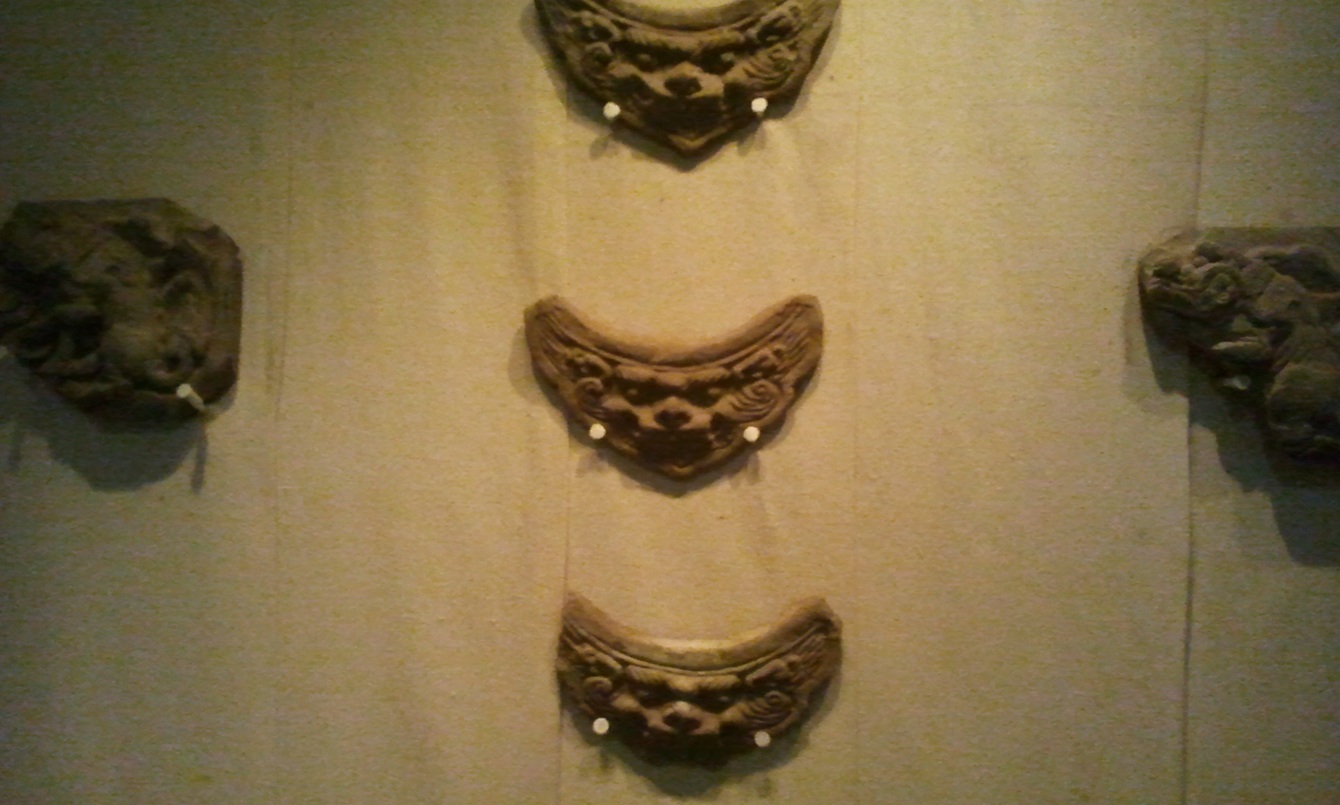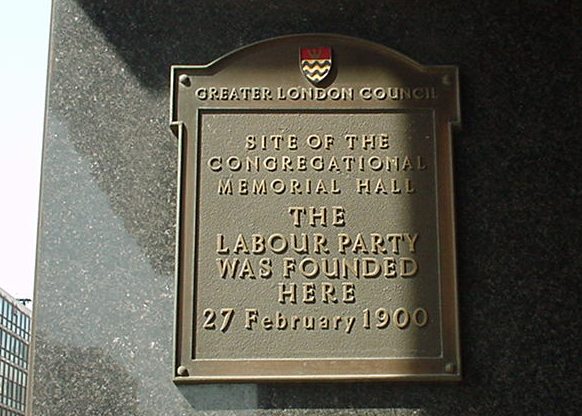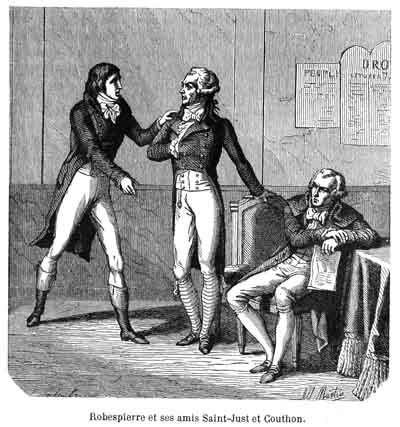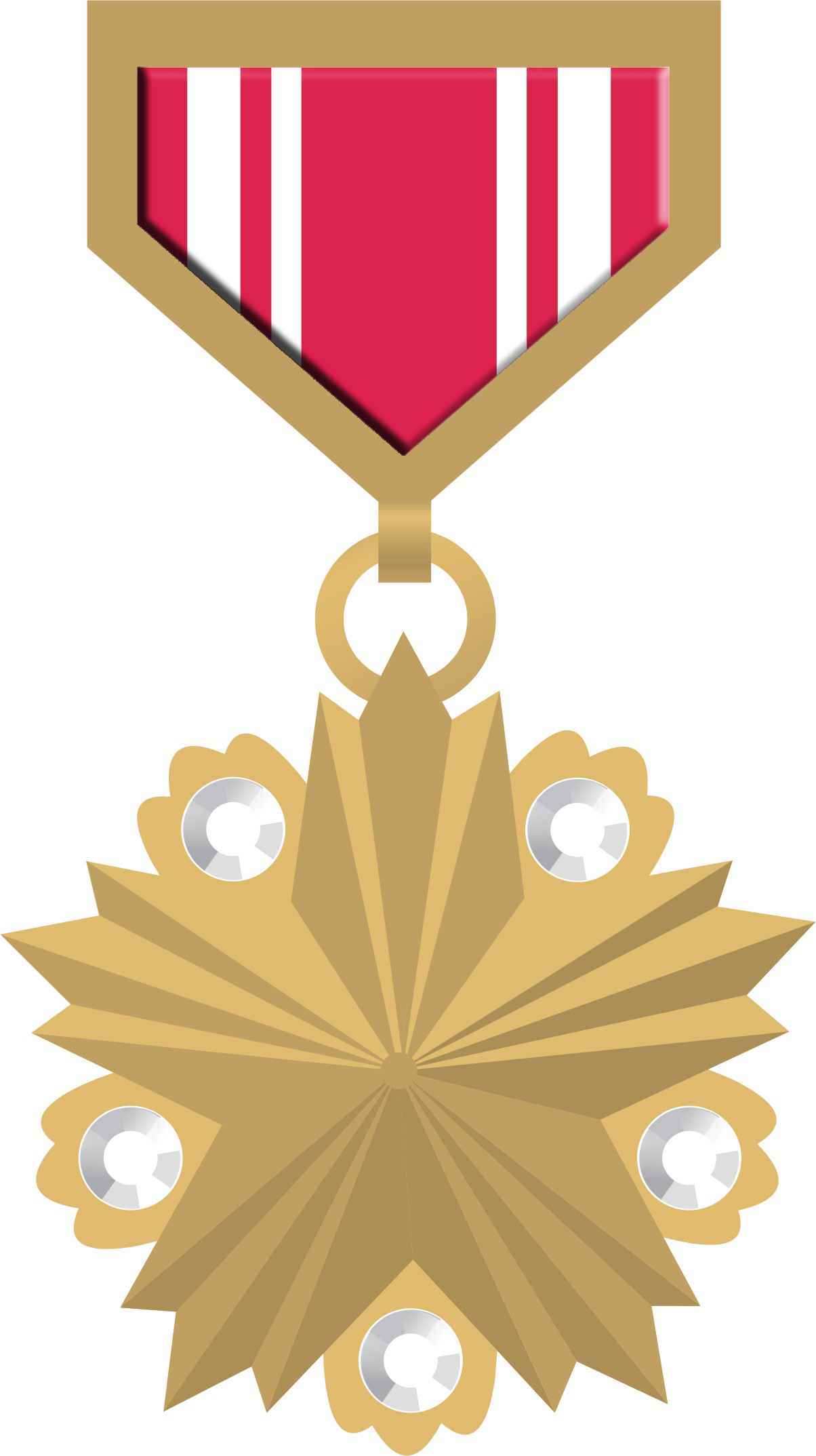|
Dorjjavyn Luvsansharav
Dorjjavyn Luvsansharav (; 1900 – July 30, 1941) was Secretary of the Mongolian People's Party, Mongolian People's Revolutionary Party (MPRP) from 1932 to 1937 and served as Chief Secretary from 1933 to 1934. A central figure during the violent Stalinist repressions in Mongolia, Luvsansharav presided over arrests, torture, and executions of over 25,000 “enemies of the revolution” between 1937 and 1939Baabar 1999, p. 362 and was instrumental in the violent purges of Prime Ministers Peljidiin Genden and Anandyn Amar. He ultimately fell victim to the purges himself, was arrested in 1939 on charges of counterrevolution and executed in Moscow in 1941.Sanders 2010, p. 426 Early life and career Luvsansharav was born in 1900 in Zasagt Khan Province (present day Ikh-Uul, Khövsgöl, Ikh-Uul) district of Khövsgöl Province. At the age of 10 he was sent to Danzandarjaa Monastery, Möröngiin Khuree monastery to become a lama, but fled in 1921. He joined the MPRP in 1925, first heading ... [...More Info...] [...Related Items...] OR: [Wikipedia] [Google] [Baidu] |
General Secretary Of The Central Committee Of The Mongolian People's Party
The Chairman of the Mongolian People's Party () is the Party leader, leader of the Mongolian People's Party (formerly the Mongolian People's Revolutionary Party), established on 3 March 1921. With some exceptions, the office was synonymous with the leader of the Mongolian People's Republic, the one-party socialist state which existed from 1924 to 1992. The office has had several names: Chairman of the Central Committee (1921–1928; 1990–1992), General Secretary of the Central Committee (1940–1954; 1981–1990), First Secretary of the Central Committee (1954–1981), and Secretary General of the Party Leadership Council (1992–1997). Between 11 December 1928 and 8 April 1940 (the Seventh to 10th Congresses), the leadership was collective and comprised three Secretaries of the Central Committee. List References {{Leaders of CPM Mongolian People's Party Mongolian politicians Communism in Mongolia ... [...More Info...] [...Related Items...] OR: [Wikipedia] [Google] [Baidu] |
Ulaanbaatar
Ulaanbaatar is the Capital (political), capital and List of cities in Mongolia, most populous city of Mongolia. It has a population of 1.6 million, and it is the coldest capital city in the world by average yearly temperature. The municipality is located in north central Mongolia at an elevation of about in a valley on the Tuul River. The city was founded in 1639 as a nomadic Buddhist monasticism, Buddhist monastic centre, changing location 29 times, and was permanently settled at its modern location in 1778. During its early years, as Örgöö (anglicized as Urga), it became Mongolia under Qing rule, Mongolia's preeminent religious centre and seat of the Jebtsundamba Khutuktu, the spiritual head of the Gelug lineage of Tibetan Buddhism in Mongolia. Following the regulation of Kyakhta trade, Qing-Russian trade by the Treaty of Kyakhta (1727), Treaty of Kyakhta in 1727, a caravan route between Beijing and Kyakhta opened up, along which the city was eventually settled. With ... [...More Info...] [...Related Items...] OR: [Wikipedia] [Google] [Baidu] |
Mongolian Communists
Mongolian may refer to: * Something of, from, or related to Mongolia, a country in Asia * Mongolian people, or Mongols * Bogd Khanate of Mongolia, the government of Mongolia, 1911–1919 and 1921–1924 * Mongolian language * Mongolian alphabet * Mongolian (Unicode block) * Mongolian cuisine * Mongolian culture Other uses * Mongolian idiocy, now more commonly referred to as Down syndrome See also * * Languages of Mongolia * List of Mongolians * Mongolian nationalism (other) Mongolian nationalism may refer to: * Historical Mongolian nationalism that led to the Mongolian Revolution of 1911 against the Qing Empire * Historical Mongolian nationalism that led to the Mongolian Revolution of 1921 The Mongolian Revolutio ... * Mongolian race (other) * Mongoloid (other) {{disambiguation Language and nationality disambiguation pages ... [...More Info...] [...Related Items...] OR: [Wikipedia] [Google] [Baidu] |
1941 Deaths
The Correlates of War project estimates this to be the deadliest year in human history in terms of conflict deaths, placing the death toll at 3.49 million. However, the Uppsala Conflict Data Program estimates that the subsequent year, 1942, was the deadliest such year. Death toll estimates for both 1941 and 1942 range from 2.28 to 7.71 million each. Events Below, the events of World War II have the "WWII" prefix. January * January– August – 10,072 men, women and children with mental and physical disabilities are asphyxiated with carbon monoxide in a gas chamber, at Hadamar Euthanasia Centre in Germany, in the first phase of mass killings under the Aktion T4 program here. * January 1 – Thailand's Prime Minister Plaek Phibunsongkhram decrees January 1 as the official start of the Thai solar calendar new year (thus the previous year that began April 1 had only 9 months). * January 3 – A decree (''Normalschrifterlass'') promulgated in Germany by Martin ... [...More Info...] [...Related Items...] OR: [Wikipedia] [Google] [Baidu] |
1900 Births
As of March 1 ( O.S. February 17), when the Julian calendar acknowledged a leap day and the Gregorian calendar did not, the Julian calendar fell one day further behind, bringing the difference to 13 days until February 28 ( O.S. February 15), 2100. Summary Political and military The year 1900 was the end of the 19th century and the beginning of the 20th century. Two days into the new year, the U.S. Secretary of State John Hay announced the Open Door Policy regarding China, advocating for equal access for all nations to the Chinese market. The Galveston hurricane would become the deadliest natural disaster in United States history, killing between 6,000 and 12,000 people, mostly in and near Galveston, Texas, as well as leaving 10,000 people homeless, destroying 7,000 buildings of all kinds in Galveston. As of 2025, it remains the fourth deadliest Atlantic hurricane on record. An ongoing Boxer Rebellion in China escalates with multiple attacks by the Boxers on Chines ... [...More Info...] [...Related Items...] OR: [Wikipedia] [Google] [Baidu] |
Political Rehabilitation
Political rehabilitation is the process by which a disgraced member of a political party or a government is restored to public respectability and thus political acceptability. The term is usually applied to leaders or other prominent individuals who regain their prominence after a period in which they have no influence or standing, including deceased people who are vindicated posthumously. Historically, the concept is usually associated with Communist states and parties where, as a result of shifting political lines often as part of a power struggle, leading members of the Communist Party find themselves on the losing side of a political conflict and out of favour, often to the point of being denounced, imprisoned or even executed. These individuals may be rehabilitated either as a result of capitulating to the dominant political line and renouncing their former beliefs or allegiances to disgraced leaders, or they may be rehabilitated as a result of a change in the political lead ... [...More Info...] [...Related Items...] OR: [Wikipedia] [Google] [Baidu] |
State Great Khural
The State Great Khural is the unicameral parliament of Mongolia,Montsame News Agency. ''Mongolia''. 2006, Foreign Service office of Montsame News Agency, , p. 40 located in the Government Palace in the capital Ulaanbaatar. History 1914–1919 Tögs-Ochiryn Namnansüren became the chairman of the State Great Khural in February 1914, and served until his death in April 1919. 1924–1960 The first ''Ulsyn Ikh Khural'' was called to session in November 1924. This body was the legislature of the Mongolian People's Republic. It delegated much of its powers to an executive committee, the '' Ulsyn Baga Khural'' ( Little Khural). The Great Khural held nine sessions between November 1924 and February 1949. Following electoral reforms in 1951, the numbering of its sessions began again. The first was held in July 1951 and the third in July 1957.Alan J. K. Sanders (ed.), "Hural, Little" and "Hural, State Little", in ''Historical Dictionary of Mongolia'', 2nd ed. (Scarecrow Pre ... [...More Info...] [...Related Items...] OR: [Wikipedia] [Google] [Baidu] |
Mn UB Memorial IMG 2671
MN may refer to: Places * Mongolia (ISO 3166-1 country code) * Montenegro (former ISO 3166 country code) * Monaco (FIPS 10-4 country code) * Minnesota, US (postal abbreviation) * Manipur, a state in northeast India * Province of Mantua, or of Mantova, in Italy * County Monaghan, in Ireland (license plate code) Language * Mongolian language (ISO 639-1 code) * ''mn'' (digraph), a combination of letters used in spelling Science and technology * Manganese, symbol Mn, a chemical element * .mn, the Internet country code top-level domain for Mongolia * Mega newton (MN), a unit of force equal to one million newtons * milli newton (mN), one-thousandth of a newton * Membranous nephropathy * Minimum mode, a hardware mode available to Intel 8086 and 8088 processors * Number average molecular weight (Mn) * Mammal Neogene zones, a system of biostratigraphic zones in the stratigraphic record used to correlate mammal-bearing fossil localities of the Neogene period of Europe Transport * Kulul ... [...More Info...] [...Related Items...] OR: [Wikipedia] [Google] [Baidu] |
Manzushir Khutagt Sambadondogiin Tserendorj
Sambadondogiin Tserendorj (; 1872 – October 1937) was recognized as the 6th reincarnate of the Donkor-Manjushri Gegen. He served as chief abbot of the Manjusri Monastery and later was the last acting prime minister of Outer Mongolia during Baron Ungern von Sternberg's occupation of Ikh Khŭree from May to July 1921. Later accused of counterrevolution, he was executed in 1937 at the start of the Stalinist purges in Mongolia (1937–1939). Early life Tserendorj, born in 1872, was recognized as the 6th reincarnate of the Donkor-Manjushri Gegen at the age of five and in 1880 took his place as Abbot of Manjusri Monastery. In 1911, Tserendorj was a strong supporter of Mongolia's struggle for independence, but withdrew from public life once the proclamation of independence was made. Acting prime minister In February 1921, Tserendorj safeguarded the Bogd Khan at Manjusri Monastery as forces loyal to the Baron Ungern von Sternberg drove occupying Chinese troops from Ikh Khŭ ... [...More Info...] [...Related Items...] OR: [Wikipedia] [Google] [Baidu] |
Show Trial
A show trial is a public trial in which the guilt (law), guilt or innocence of the defendant has already been determined. The purpose of holding a show trial is to present both accusation and verdict to the public, serving as an example and a deterrence (penology), warning to other would-be dissidents or transgressors. Show trials tend to be retributive justice, retributive rather than correctional justice, corrective, and they are also conducted for propaganda, propagandistic purposes. When aimed at individuals on the basis of protected group, protected classes or characteristics, show trials are examples of political repression, political persecution. The term was first recorded in 1928. A similar concept is the "kangaroo court". China After the Tiananmen Square protests of 1989, show trials were given to "rioters and counter-revolutionaries" involved in the protests and the subsequent military massacre. Chinese 2010 Nobel Peace Prize, Nobel Peace Prize laureate Liu Xiaob ... [...More Info...] [...Related Items...] OR: [Wikipedia] [Google] [Baidu] |
Triumvirate
A triumvirate () or a triarchy is a political institution ruled or dominated by three individuals, known as triumvirs (). The arrangement can be formal or informal. Though the three leaders in a triumvirate are notionally equal, the actual distribution of power may vary. The term can also be used to describe a state with three different military leaders who all claim to be the sole leader. Informally, the term "triumvirate" may be used for any association of three. Under the influence of the Soviet Union, the term troika (Russian: for "group of three") may be used for "triumvirate". Pre-modern triumvirates Biblical In the Bible, triumvirates occurred at some notable events in both the Hebrew Bible (Old Testament) and New Testament. In the Book of Exodus, Moses, his brother Aaron and their nephew or brother-in-law, Hur, acted this way during the Battle of Refidim against the Amalekites. Later in Exodus 24, when Moses was away on Mount Sinai, Aaron and Hur were left in ch ... [...More Info...] [...Related Items...] OR: [Wikipedia] [Google] [Baidu] |
Khorloogiin Choibalsan
Khorloogiin Choibalsan (8 February 1895 – 26 January 1952) was a Mongolian politician who served as the leader of the Mongolian People's Republic as the Prime Minister of Mongolia, chairman of the Council of Ministers (premier) from 1939 until his death in 1952. He was also the commander-in-chief of the Mongolian People's Army from 1937, and the List of heads of state of Mongolia, chairman of the Presidium of the State Little Khural (head of state) from 1929 to 1930. His rule was maintained by a repressive state and cult of personality. Choibalsan led a dictatorship and organized Stalinist repressions in Mongolia, Stalinist purges in Mongolia between 1937 and 1939 as head of the Ministry of Internal Affairs. Choibalsan was one of the Mongolian Revolution of 1921, 1921 Mongolian revolutionaries and held several political and military roles in the 1920s. Mongolia's economic, political, and military ties to the Soviet Union deepened, though after World War II, Choibalsan support ... [...More Info...] [...Related Items...] OR: [Wikipedia] [Google] [Baidu] |








